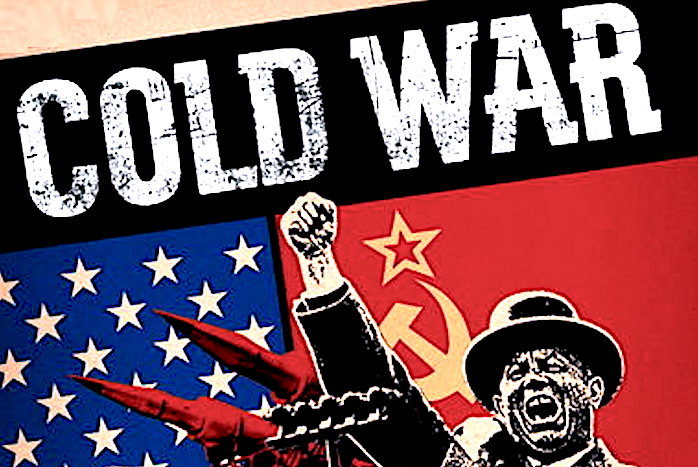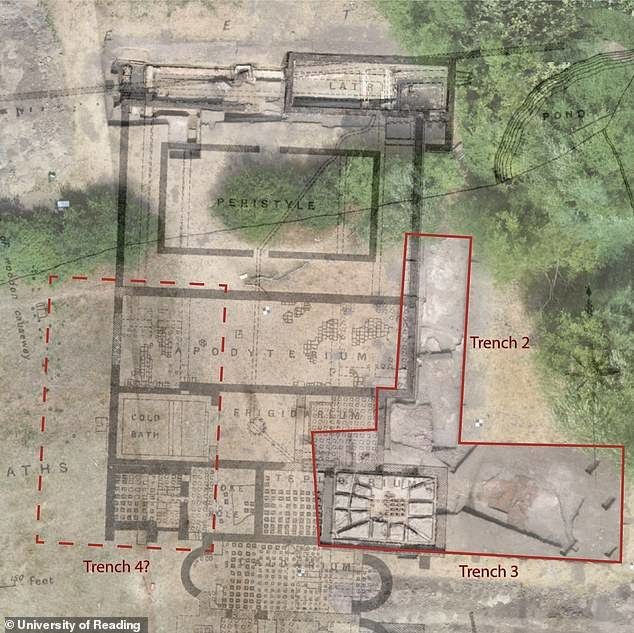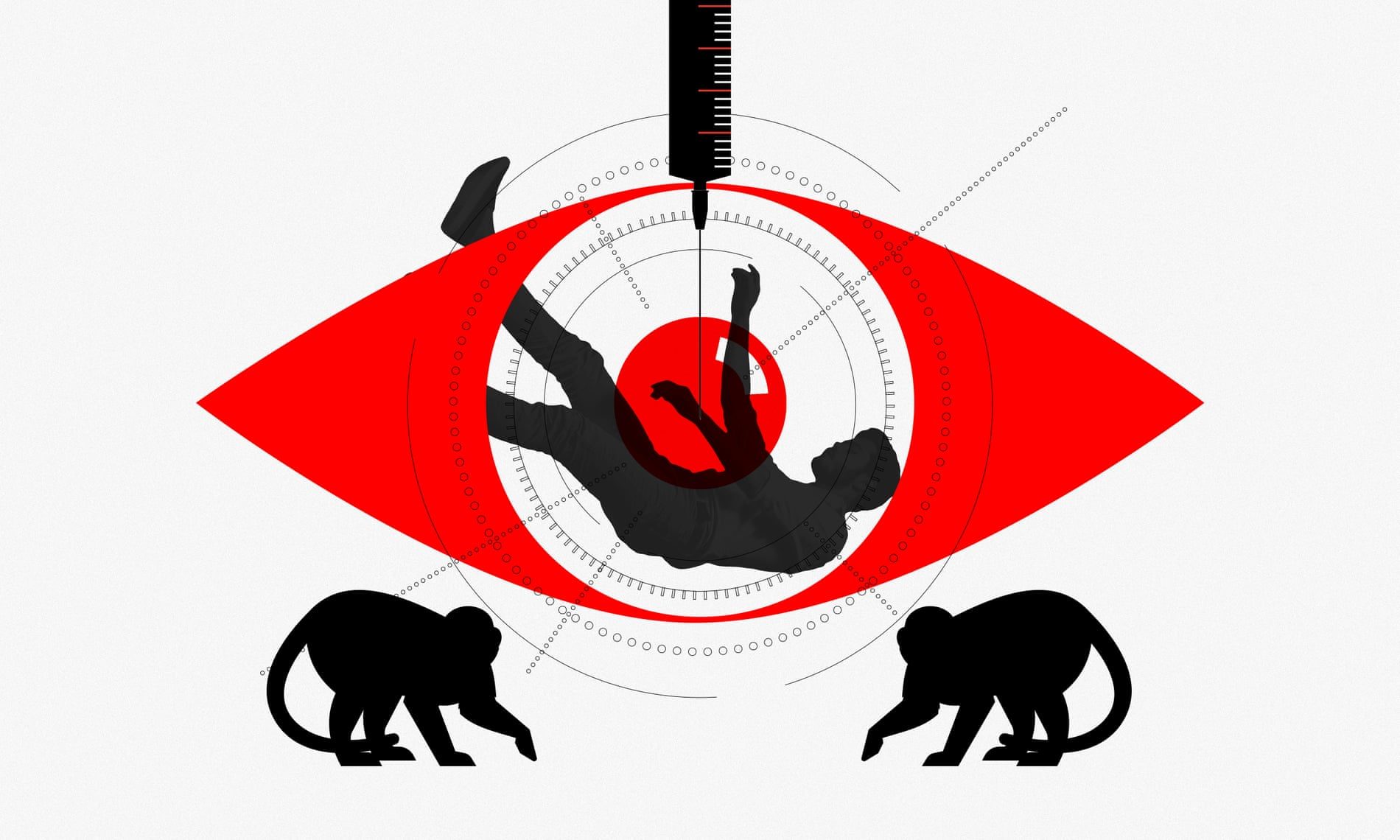
© cleveland.com
When Soviet president Mikhail Gorbachev received his peace prize in 1990, the Nobel Prize committee
declared that "the two mighty power blocs, have managed to abandon their life-threatening confrontation" and confidently expressed that "It is our hope that we are now celebrating the end of the Cold War." Recently, U.N. General Secretary António Guterres funereally closed the celebrations with the
realization that "The Cold War is back."
In a very short span of history, the window that had finally opened for Russia and the United States to build a new international system in which they work cooperatively to address areas of common interest had slammed back closed. How was that historic opportunity wasted? Why was the road from the Nobel committee's hope to the UN's eulogy such a short one?
The doctrinal narrative that is told in the U.S. is the narrative of a very short road whose every turn was signposted by Russian lies, betrayal, deception and aggression. The American telling of history is a tale in which every blow to the new peace was a Russian blow. The fact checked version offers a demythologized history that is unrecognizably different. The demythologized version is also a history of lies, betrayal, deception and aggression, but the liar, the aggressor, is not primarily Russia, but America. It is the history of a promise so historically broken that it laid the foundation of a new cold war.
But it was not the first promise the United States broke: it was not even the first promise they broke in the new cold war.


Comment: See also:
- Where Troy Once Stood: The Mystery of Homer's Iliad & Odyssey Revealed
- Bronze Age Britons were riddled with parasites but had the finest of fabrics
- Stonehenge and the buckets of lard
- 536 AD: Plague, famine, drought, cold, and a mysterious fog that lasted 18 months
- Pompeii was a full-fledged city before it was taken over by the Romans
- Oxford University genetic study finds Britons still live in 7th century tribal kingdoms
- History textbooks contain 700 years of false, fictional and fabricated narratives
Also check out SOTT radio's: Behind the Headlines: Who was Jesus? Examining the evidence that Christ may in fact have been Caesar!